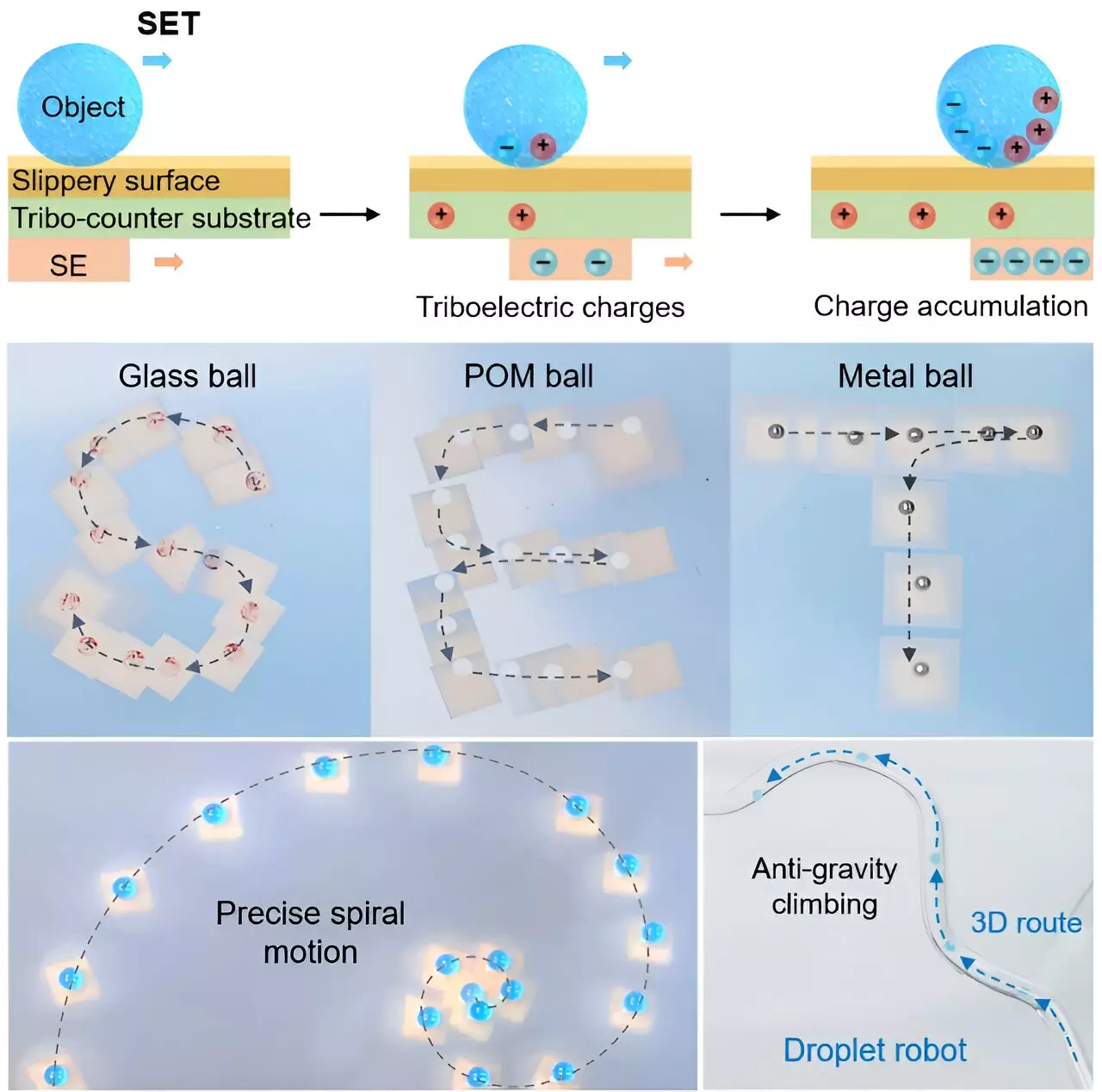In a groundbreaking study led by Dr. Du Xuemin at the Shenzhen Institute of Advanced Technology, researchers have unveiled a self-powered electrostatic tweezer (SET) that promises to redefine how we manipulate objects across various scientific domains. This innovative device harnesses triboelectric charges effectively, marking a significant advancement over traditional tweezers that have often faced limitations due to their dependence on external power and complex setups. This cutting-edge technology not only simplifies the process but also enhances the precision of object manipulation in challenging environments, making it a subject of considerable excitement in the scientific community.
Addressing the Challenges of Traditional Techniques
Typical tweezers used in laboratories, whether in physics, chemistry, or biology, require intricate electrode arrays and external power sources that complicate their functionality. Moreover, these conventional tools tend to generate unwanted heat, which can adversely affect sensitive materials during manipulation. The SET overcomes these hurdles by employing a self-powered system that operates independently of external energy sources, thus allowing for greater freedom and versatility. By utilizing a specially designed polyvinylidene fluoride trifluoroethylene (P(VDF-TrFE)) electrode, the SET achieves substantial and controllable surface charge density. This advancement signifies a monumental shift in how scientists can approach object manipulation tasks, offering both ease of use and efficiency.
Innovative Design and Functionality
A key feature of the SET is its innovative design, which incorporates a dielectric substrate that serves both as a triboelectric material and a supporting structure. This dual functionality enhances the tweezer’s operational capacity, with the slippery surface reducing mechanical resistance and the risk of biofouling while engaging different materials. Researchers report that the SET can generate an exceptional triboelectric charge density of approximately 40 nC cm-2 in mere seconds, maintaining stability even after extensive use, such as 1,000 sliding cycles. This resilience is pivotal for scientific applications where reliability and precision are paramount.
Expanding Applications Across Disciplines
The implications of the SET stretch far beyond mere novelty. Its ability to manipulate a variety of materials—including bubbles, solid objects, and even liquid droplets—allows for scientific tasks such as droplet merging and splitting, cell assembly, and working within pump-free microfluidic systems. The SET’s adaptability to various surfaces—whether flat or three-dimensional—further widens its utility across diverse fields. The tweezers can operate with remarkable efficiency, achieving speeds of up to 353 mm/s, which enhances the operational throughput in experimental setups.
The Future of Object Manipulation
The self-powered electrostatic tweezer serves as a beacon of innovation in the journey toward advanced technological solutions for real-world challenges. By eliminating the need for cumbersome setups and the complications of heat generation, the SET stands to revolutionize the field of microfluidics and object manipulation. As researchers continue to explore its capabilities, it could usher in a new era of efficiency and efficacy in scientific exploration, profoundly impacting a range of applications from healthcare to environmental science. This remarkable tool exemplifies the potential of modern materials and design principles to craft solutions that not only meet current demands but pave the way for future advancements.


Leave a Reply